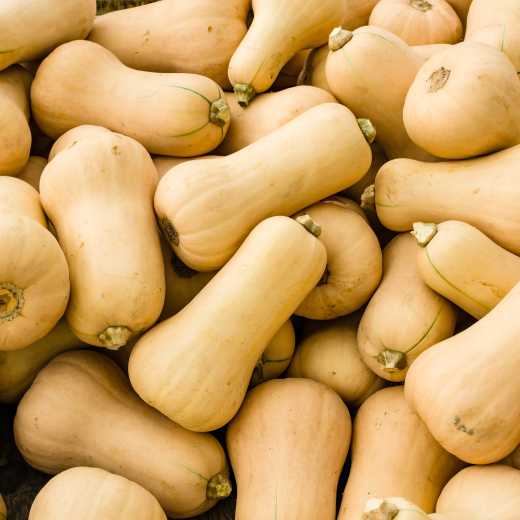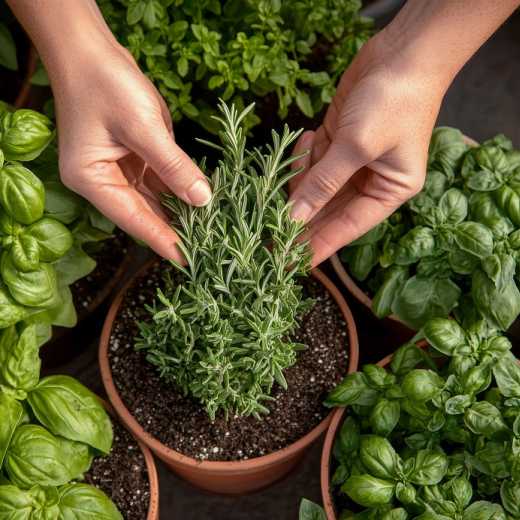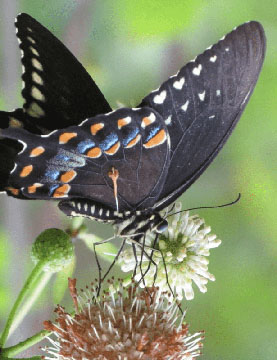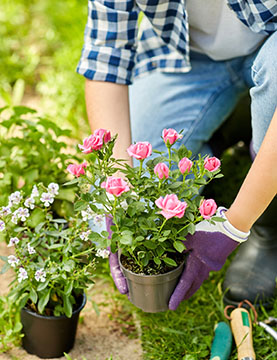Microplastics - The Effects and Dangers
When I recently attended NGC's Environmental School, I learned about the dangers of microplastics. The issue was underscored by a talk from a specialist at a district meeting I attended as state president. What are microplastics? They are pieces of broken plastic that breakdown into smaller and smaller pieces. They also may start as tiny fibers that blow off synthetic clothes and are distributed by air. Besides being an eyesore, they are an environmental hazard. They are in our water supply, they threaten marine life, and the smallest pieces can cross cell walls. We can see these plastics in their larger forms, such as the discarded water bottle or plastic bag on the roadside. These plastics never biodegrade. They just get smaller.
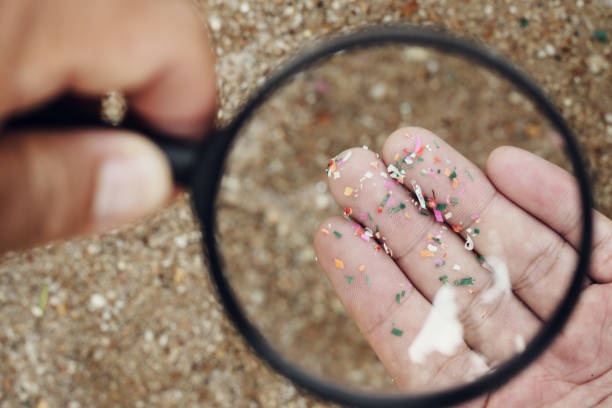
Another danger is lurking that we can’t see. In my state of Maine, the issue of “forever chemicals” or PFAS, which stands for per- or polyfluoroalkyl, is in our news media. These chemicals are used as coatings for fire retardation, stain resistance, and other functions.
PFAS can be compared to plastic because they never biodegrade. That is where they got their nickname “forever chemicals”. Their environmental impact can be devastating. Farm fields that are contaminated cannot be used to grow crops or livestock. Wild animals who forage, as wild animals do, can become so toxic that their meat is not recommended for human consumption.
How did we get to this situation? Maine is an environmentally conscious state. Back in the 1980’s and 1990’s an issue arose for the sewage treatment plants used to keep our waterways clean: what should be done with the solid by-products left from treating the waste? Our state’s Department of Environmental Protection suggested that the solids could be added to fields as sludge or as compost. This seemed to be a responsible solution that would help field fertility and eliminate the need for more landfills. My husband’s family’s woolen mill was at the forefront in following the state’s DEP’s recommendations. The mill had its own treatment plant and was one of the first to compost the sludge. “Good Morning America” did a story on it, filming at the mill and treatment plant and in our yard where we used a lot of the compost preparing the lawn for our new house. My older son, about 4 at the time, was in the TV clip pulling a wagon full of compost to a flower bed. Fortunately, our mill’s industrial process was clean of PFAS as far as I know.
The PFAS content from one particular treatment facility in Maine, because of the manufacturers it serves, had very high PFAS levels that have recently been discovered. The sludge and/or compost was spread regionally. Displaced farmers are the hardest hit. They can no longer farm their land.
Public drinking water along the chief river that drains the region is contaminated. The effluent of treated water released by the treatment plant contains PFAS, although pilot projects to screen it out are in progress. There is also concern about groundwater. How safe is the well water that so many rural people rely on? Testing is now ongoing throughout the state to determine the extent of the problem.
How can we clean this up? Researchers are on it. It turns out that these chemicals are more prevalent than initially realized. Can we stop further contamination? We are still learning about the effects on human health. The EPA link on information is here https://www.epa.gov/pfas/our-current-understanding-human-health-and-environmental-risks-pfas
There are small things we can do as gardeners. According to a recent press release by The Environmental Working Group, 13% of the registered pesticides in Maine contain a per- or polyfluoroalkyl. Maine’s Board of Pesticide Control lists 56 different active ingredients that they define as a forever chemical. These include lawn care products by well known manufacturers. It is expected that the companies will reformulate products to remove these chemicals, but what should we do in the meantime?
An organic approach works for small-scale home gardeners. We can hand-pick insect pests, use organic sprays only when necessary, and perhaps do without a plant if control is not possible by those methods. There are many ways in which rethinking “perfection” is a benefit. Weeds in lawns provide diversity and help pollinators. There is a case to be made for a higher nutrient content in some organic food. It is a much more complex issue for farmers making a living growing food. Handpicking may not be cost effective and the public may not buy imperfect-looking produce. We can take small steps in our own gardens, and many garden club members already have. We are literally the grassroots and can take a positive step. We can rethink the products we buy and the amount of “stuff” we need.
As National Garden Club members we can take Environmental School to learn about issues such as these. We can take Gardening School and learn how to grow some of our own food if we aren’t already doing that. Education is the beginning of change.
Harriet Robinson
Garden Club Federation of Maine

 Member Login
Member Login


